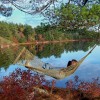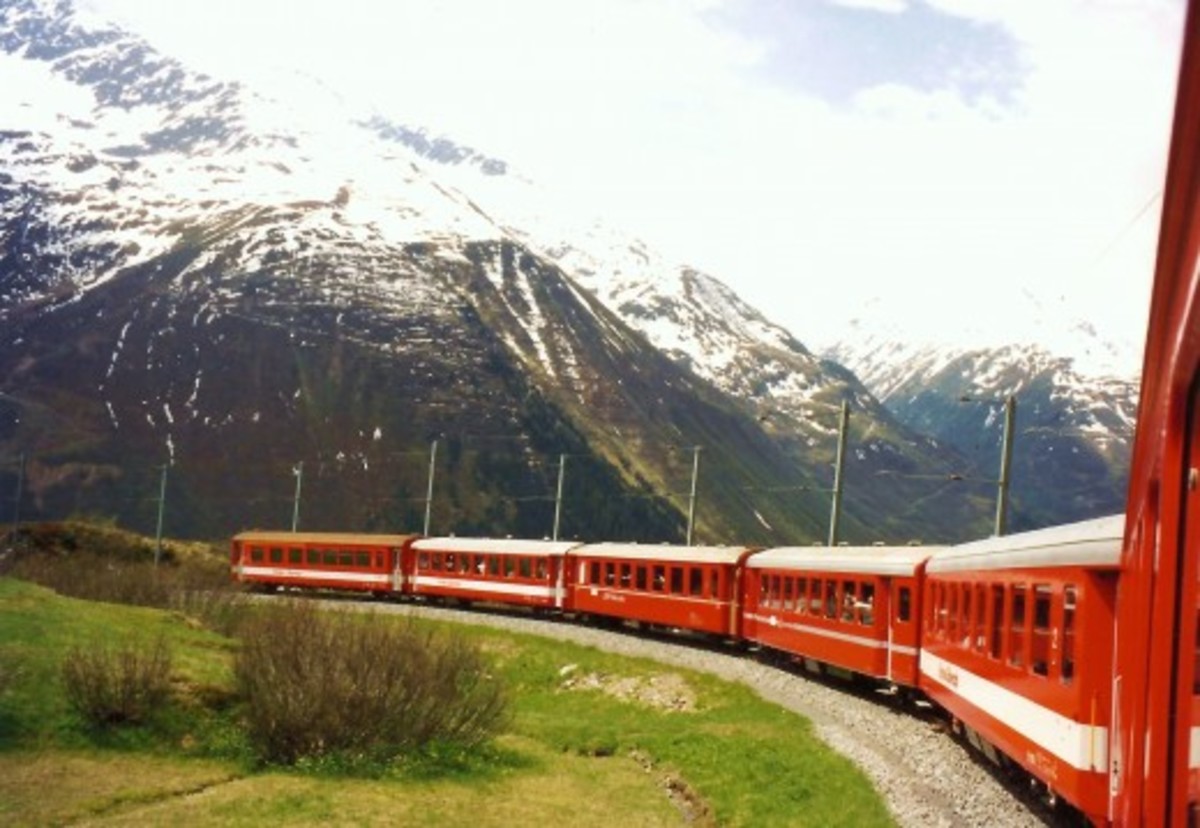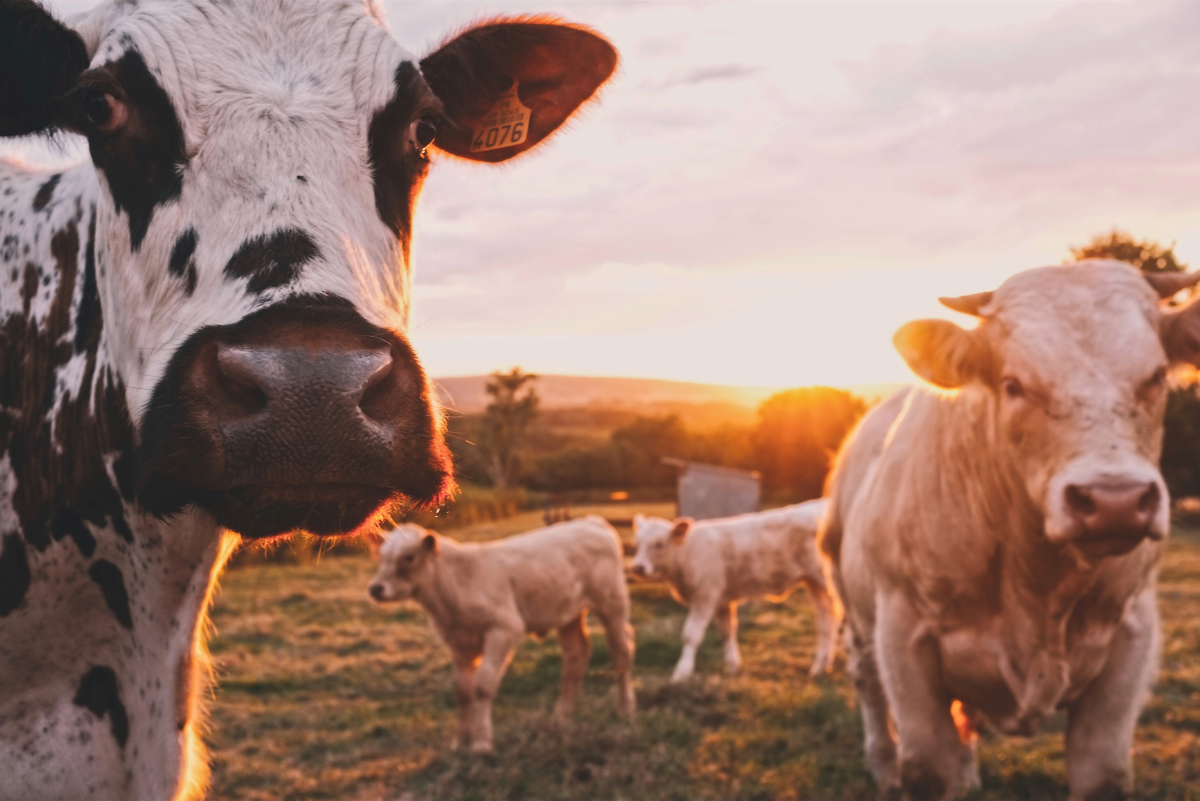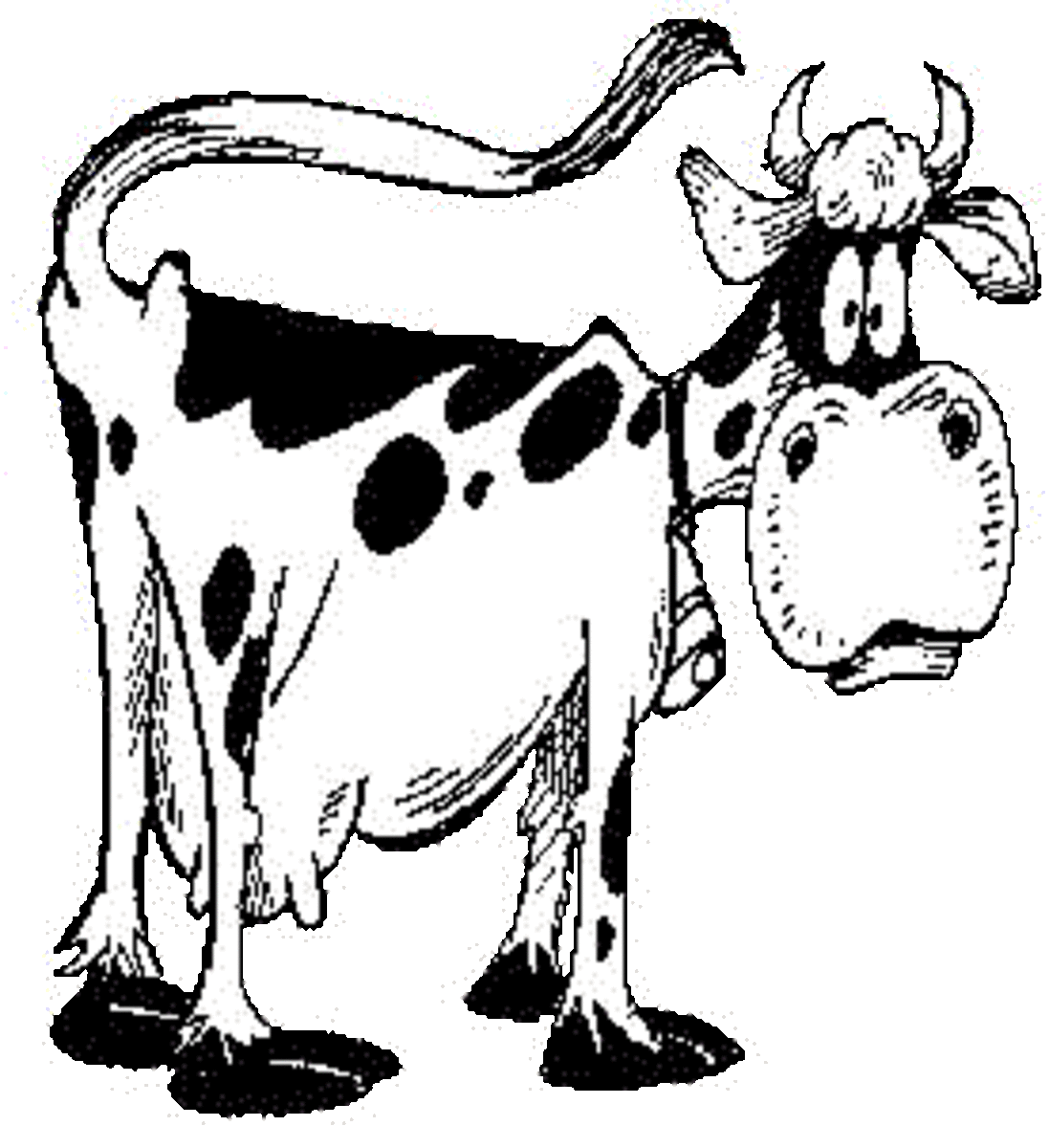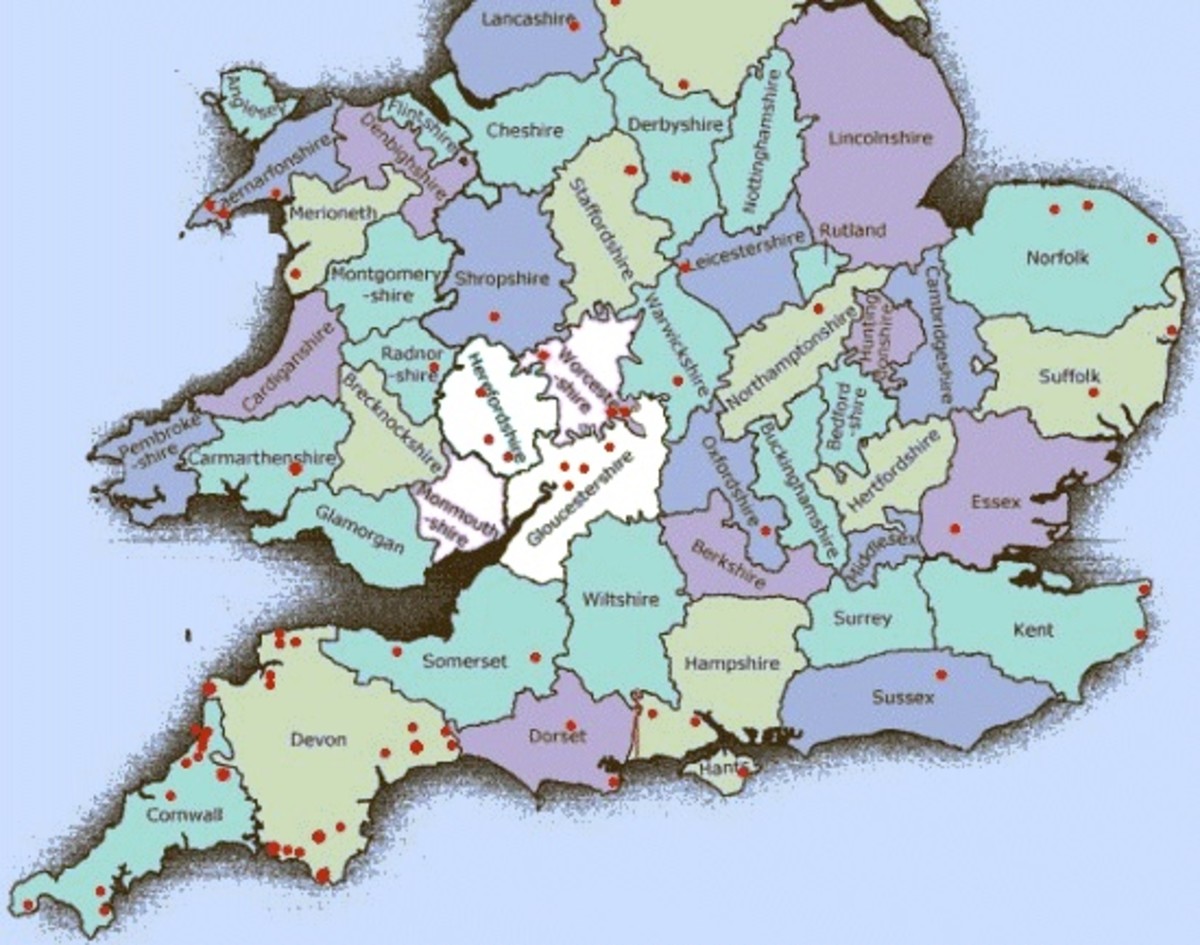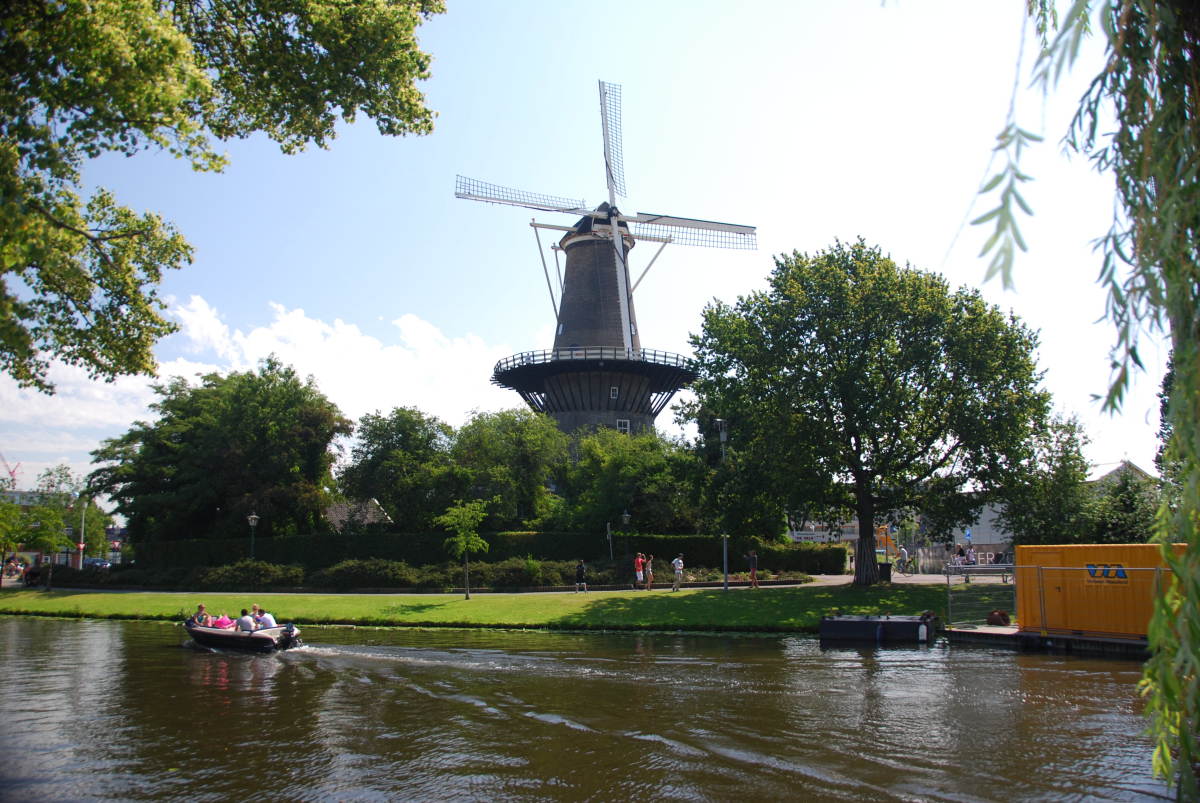Switzerland survival guide: How to avoid a cow attack
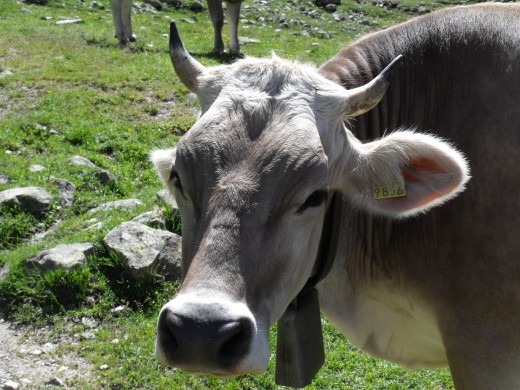
When cuddly cows turn into aggressive monsters
My recent hub “Why Swiss cows wear bells” may have led you to believe that cows are adorable creatures with a heart of smooth milk chocolate. While this description will probably fit 98% of the cow population, there seems to be an increasing number of cow attacks which shouldn’t go unmentioned. Not being a cattle expert but a logical person, I can only assume why cows are all of a sudden turning into monsters and running “a-mooooooo-k”.
As a keen hiker and mountain biker, I’ve had many harmless cow encounters: E.g. a nosy cow grabbing the back of my shirt and leaving slobber all over it, or a cow licking and sucking my husband’s boots while he was taking a nap in the sun. I also remember a scary experience with my cheeky Dachshund who was enthusiastically chasing cows around until the whole herd turned on her. Since the pooch tried to hide behind me, we were now both in trouble and had to escape over an electrified fence... While researching and writing this hub I realize that I triggered all the above with my own behaviour, mainly due to sheer ignorance. Maybe it’s time that the National Swiss Tourist Office publishes a flyer on national Cow Etiquette.
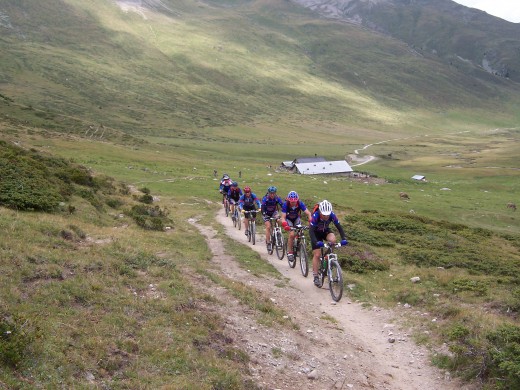
What are your chances of being killed by a cow
Tiny Switzerland alone has a hiking trail network of over 60’000 kilometers. If numbers don’t mean much to you, just imagine flying from Los Angeles to New York – 15 times! Or just try walking around the globe 1.5 times. Sounds exhausting. We are talking of a seriously long distance here. Hiking and jogging have always been very popular in Switzerland but mountain biking has virtually exploded over the last 16 years. Given the fact that most trails lead through private land, including cow pastures, we have a recipe for disaster waiting to happen. As I outlined in my previous hub, Swiss cows are privileged - they go on summer vacation to the alps. So do the tourists - Bingo. While Switzerland is certainly not the wild west, you don’t need to be a rocket scientist to figure out why there are some pretty scary encounters between man and beast.
Only in Switzerland...
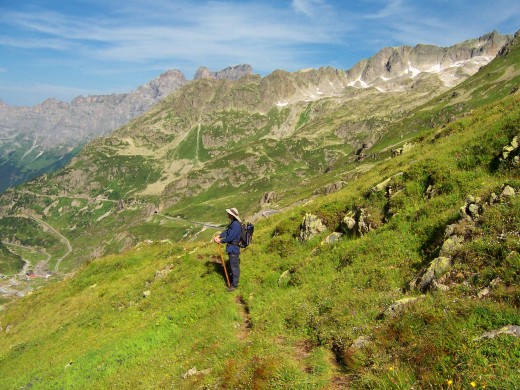
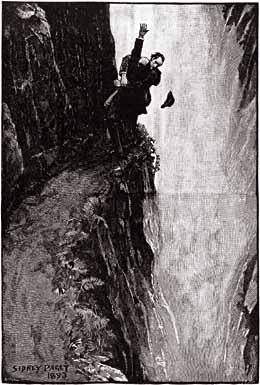
Cows and the media: Old legends and modern myths
Currently there is no concrete statistical data available how many people have been trampled to death, pushed of cliffs, stabbed by horns, chased around pastures, stalked, surrounded and held captive, but there have been many interesting stories covered by the local media. That’s when facts become fiction. After all Switzerland is a very civilized country with not much headline news and people want to be entertained.
In my opinion, probably the most famous victim of a cow attack was Sherlock Holmes. I’ve got my very own theory here. According to history, on May 4, 1891, the detective met his arch enemy Professor Moriarty on a ledge above the Reichenbach falls. The two became locked in a titanic hand-to-hand struggle before both tumbled over the precipice, presumably to their deaths. Since there were no witnesses to the struggle and no bodies found who says that there wasn’t a cow involved somewhere along the line?
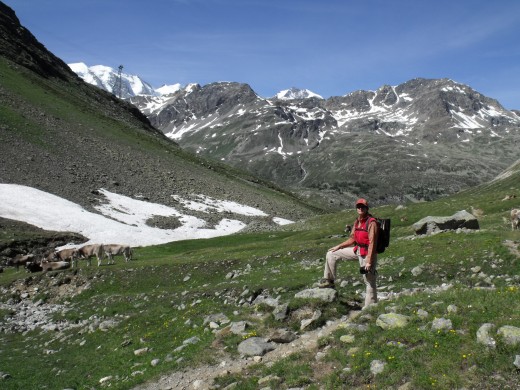
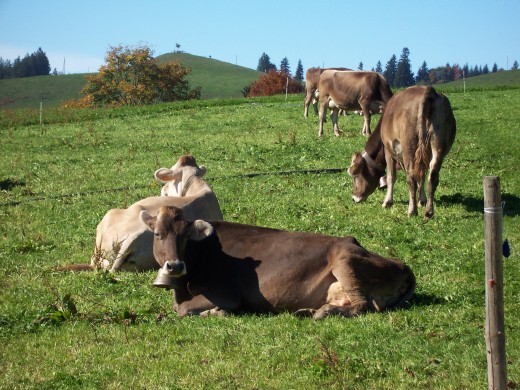
switzerland
Important safety tips
Now, all this shouldn’t discourage you from going to Switzerland or taking up hiking and mountain biking. The new phenomena of cows running amok is not limited to the Swiss alps, but to all of Europe. I’ve singled out Switzerland, as amazingly it is still a neutral country that has resisted joining the rest of the European Community for many years. Grazing cows are part of Switzerland like the Matterhorn or Cheese and Chocolate. Given the amount of trails divided by the number of cows, your chances of being killed by a horned beast are probably one in a million. That’s far less dangerous than flying between Los Angeles and New York or walking around the globe.
As most cow attacks are triggered by human behaviour, the Swiss department for accident prevention in co-operation with the farmers association has published some simple rules:
Beware of bulls and steers, they are usually more aggressive.
Don’t try to pat cows, especially the Angus breed which is known to be more dangerous.
When crossing a cow pasture, don’t leave the trail.
Never approach calves and keep a safe distance of 20 – 50 meters. Like all mothers, a cow will do anything to protect her offspring.
Don’t startle or scare cattle and avoid direct eye contact. If you are approached by nosy cattle, stop and wait until you can pass safely. Face the cows, never turn your back.
A hiking stick makes a good weapon. In emergency use it to hit the attacker’s nose with one well aimed slap. Don’t wave your stick around wildly, this will only infuriate the animal.
Always keep your dog on a leash. A dog chasing a cow may trigger a dangerous stampede. Dogs trigger a natural sense of defence in cattle. If cows attack your pooch, release it from the leash and let it run away. This will also divert the cows attention from you.
And last but not least my very own advice: Enjoy your hike and keep yodelling. This may save you from getting hit by a rogue mountain biker.
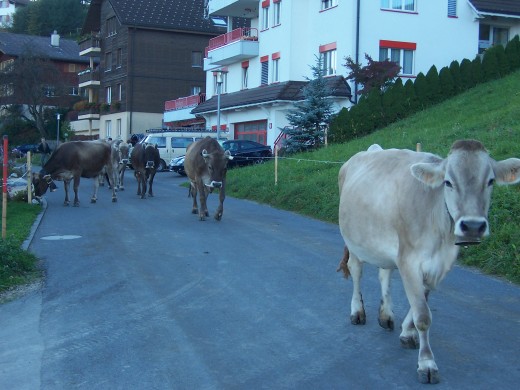
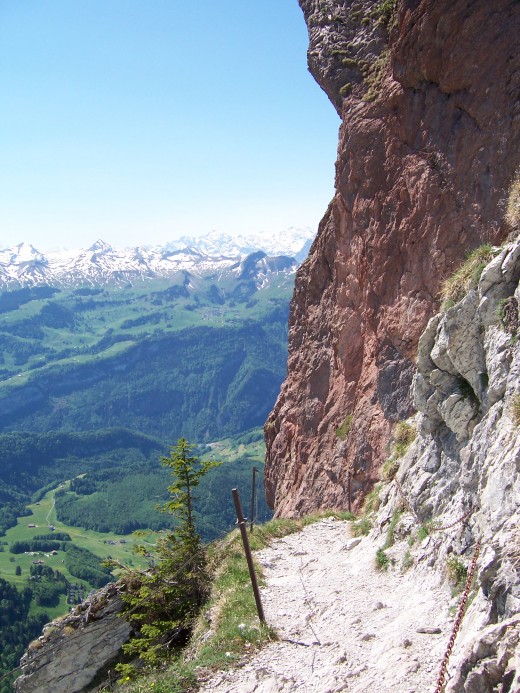
Other animal articles by Novascotiamiss
- What do Swiss cows do in Winter?
If you've read "why Swiss cows wear bells" you know that Swiss cows spend their summers in the alps. In winter, they stay in their cozy heated barn. - Squirrels, a love hate relationship
Squirrels are amazing creatures. They are cute, entertaining and clever. But there's also another side to them. They can be very destructive and carry disease. For people living in the Canadian boonies it's a love hate relationship. - Why Swiss cows wear bells
Have you ever wondered what the life of a Swiss cow might be like? Ok, you might know that they wear big bells, but you probably weren't aware that they go on summer holiday, that they like certain music and that they all have beautiful names. This a
